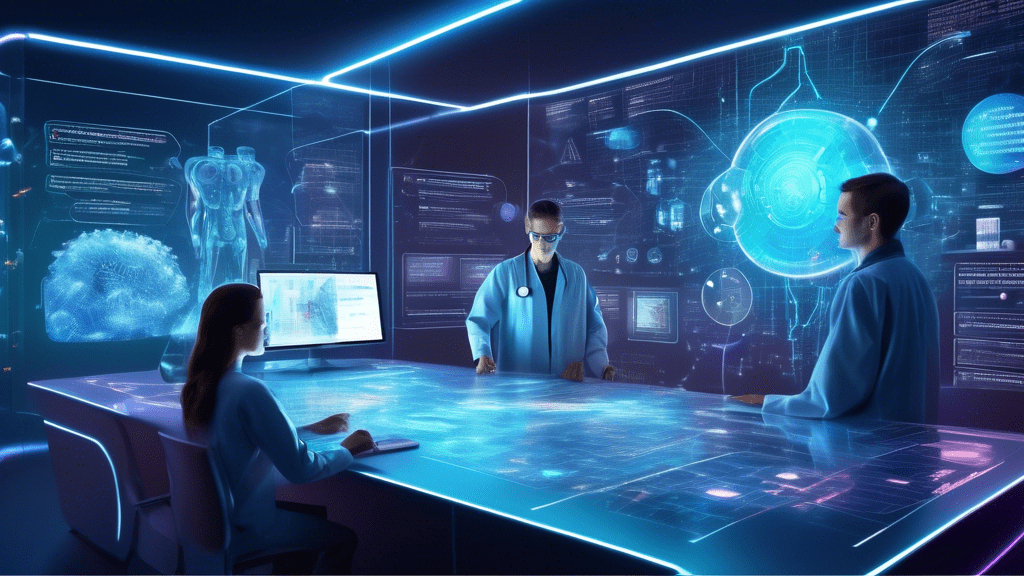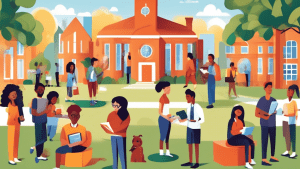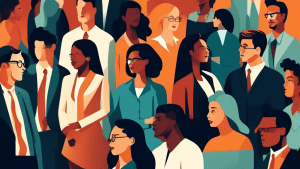The landscape of artificial intelligence has witnessed an impressive evolution, and one of the most fascinating developments is the emergence of Language Models (LLMs) capable of generating images. This advancement bridges the gap between textual data and visual content, opening up a myriad of possibilities in various fields including design, art, education, and entertainment. This article delves into the LLMs that are proficient in creating images, their working mechanisms, and the potential applications of this technology.
Understanding LLMs and Their Evolution
Language Models (LLMs) are designed to understand and generate human-like text based on the data they have been trained on. Traditionally, these models focused exclusively on text. However, as neural networks have evolved, researchers have started to explore multi-modal models that can process and generate both text and images.
One of the key innovations in this space is the development of models like OpenAI’s DALL-E and DALL-E 2, which can generate images from textual descriptions. These models leverage advancements in transformer architectures and generative adversarial networks (GANs) to translate text into highly detailed and contextually accurate images.
Prominent Image-Generating LLMs
Several standout models have emerged, each bringing unique capabilities to the table:
1. DALL-E
OpenAI introduced DALL-E in January 2021. This model is capable of creating astonishingly detailed images from text descriptions. DALL-E uses a version of GPT-3 adapted to handle visual data. This adaptation allows it to generate images that can range from photorealistic to abstract, depending on the input prompt.
2. DALL-E 2
Building on the success of its predecessor, DALL-E 2 offers improved image resolution and greater detail. The model can also perform inpainting, allowing users to edit parts of an image by providing descriptive text for the areas they want to alter. The enhanced capabilities of DALL-E 2 make it a powerful tool for creative professionals.
3. CLIP (Contrastive Language–Image Pre-training)
CLIP, another model by OpenAI, plays a crucial role in bridging the gap between text and images. While CLIP itself does not generate images, it helps improve text-to-image generation models by understanding context more effectively. By using CLIP in conjunction with models like DALL-E, the quality and relevance of generated images can be significantly enhanced.
4. VQ-VAE-2 (Vector Quantized Variational AutoEncoder 2)
Developed by DeepMind, VQ-VAE-2 is another notable model in the image generation landscape. It utilizes a hierarchical approach with multiple levels of representation, allowing it to generate high-quality images from textual inputs. This model further showcases the potential of combining variational autoencoders with generative models for image synthesis.
Applications and Impact
The ability of LLMs to generate images has a wide range of applications:
- Art and Design: Artists and designers can use these models to explore new creative possibilities, generate concept art, and prototype visuals quickly and efficiently.
- Education: Educators can create visual aids and learning materials tailored to specific topics, making learning more engaging and accessible.
- Entertainment: In the entertainment industry, these models can be used to generate graphics, storyboard visuals, and even entire scenes based on script descriptions.
- Marketing: Marketers can use text-to-image models to generate custom visuals for campaigns, social media posts, and product advertisements.
- Accessibility: Generating images from text descriptions can significantly aid visually impaired individuals by providing a visual representation of textual content.
Challenges and Future Directions
Despite the promising capabilities of these LLMs, several challenges remain. Ensuring that the generated images are free from biases and inaccuracies inherent in the training data is a significant concern. Moreover, maintaining the ethical use of this technology, such as avoiding the generation of misleading or harmful visuals, is critical.
Future developments will likely focus on refining the accuracy and context-awareness of these models. Researchers may also explore integrating more advanced forms of multi-modal learning to further enhance the seamless blend of text and image generation.
Conclusion
The advent of LLMs capable of generating images marks a significant milestone in the field of artificial intelligence. With models like DALL-E, DALL-E 2, CLIP, and VQ-VAE-2, we are witnessing an exciting convergence of language and vision, which promises to transform various industries and aspects of our daily lives. As we continue to innovate and address existing challenges, the potentials of these technologies are boundless.






No comments! Be the first commenter?